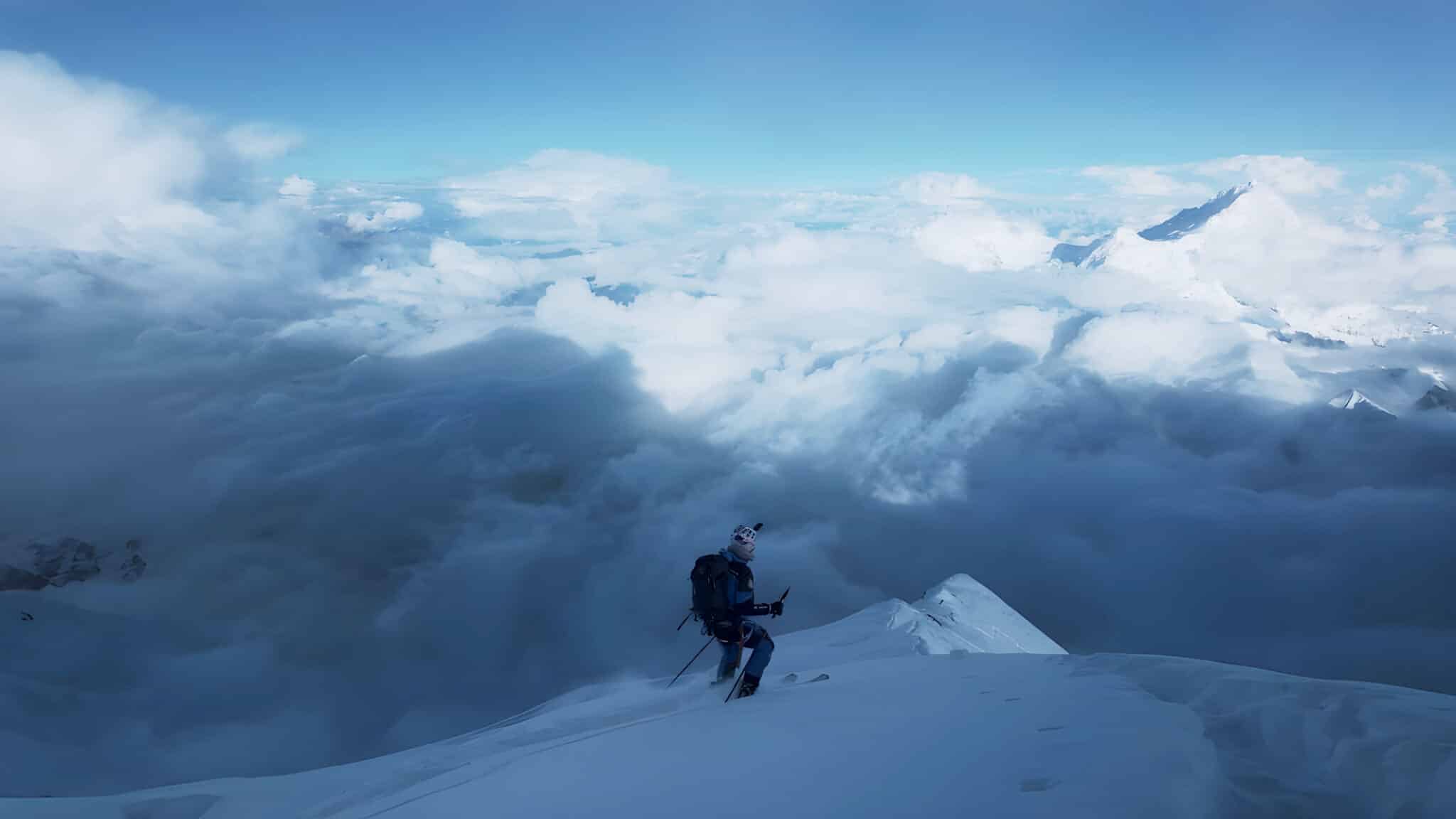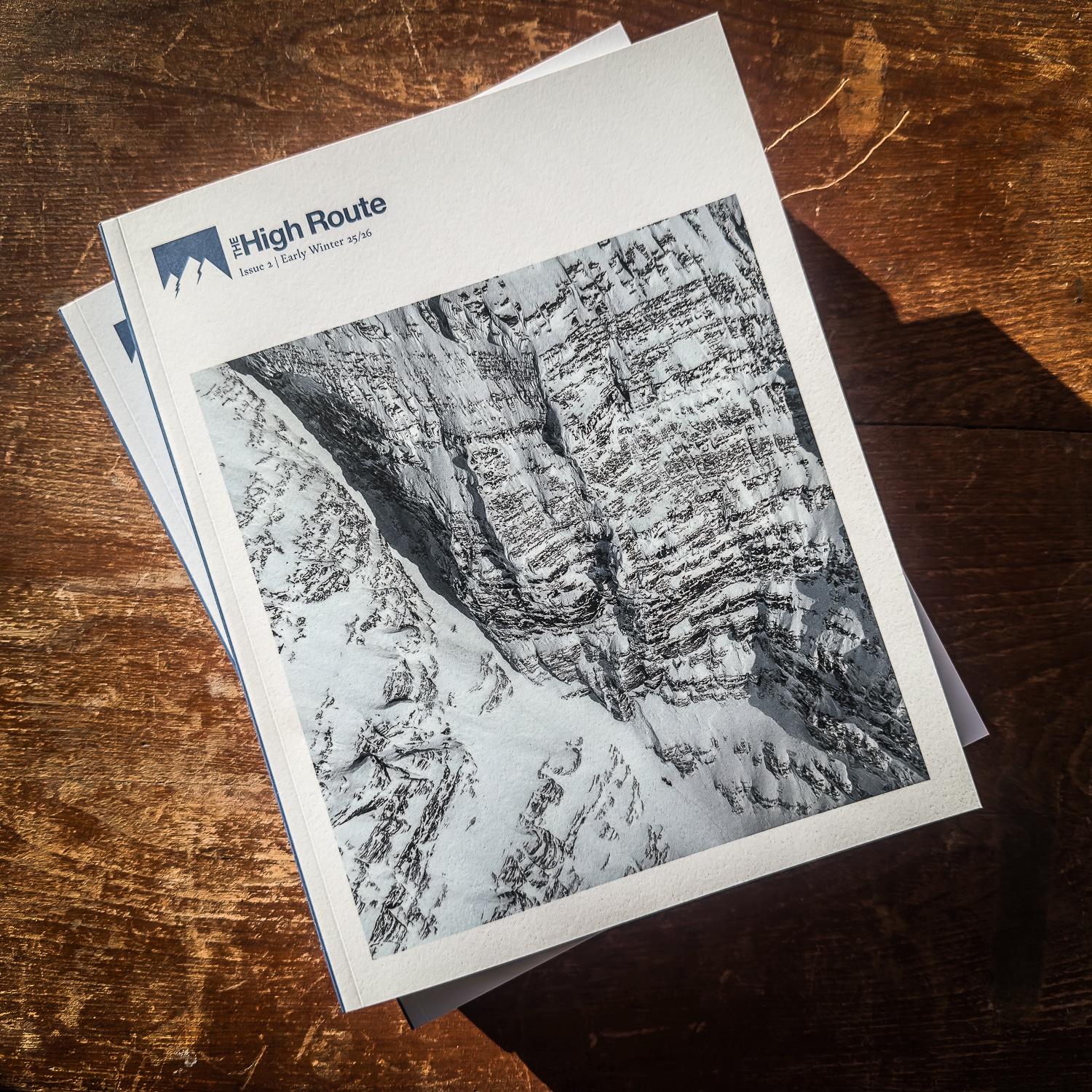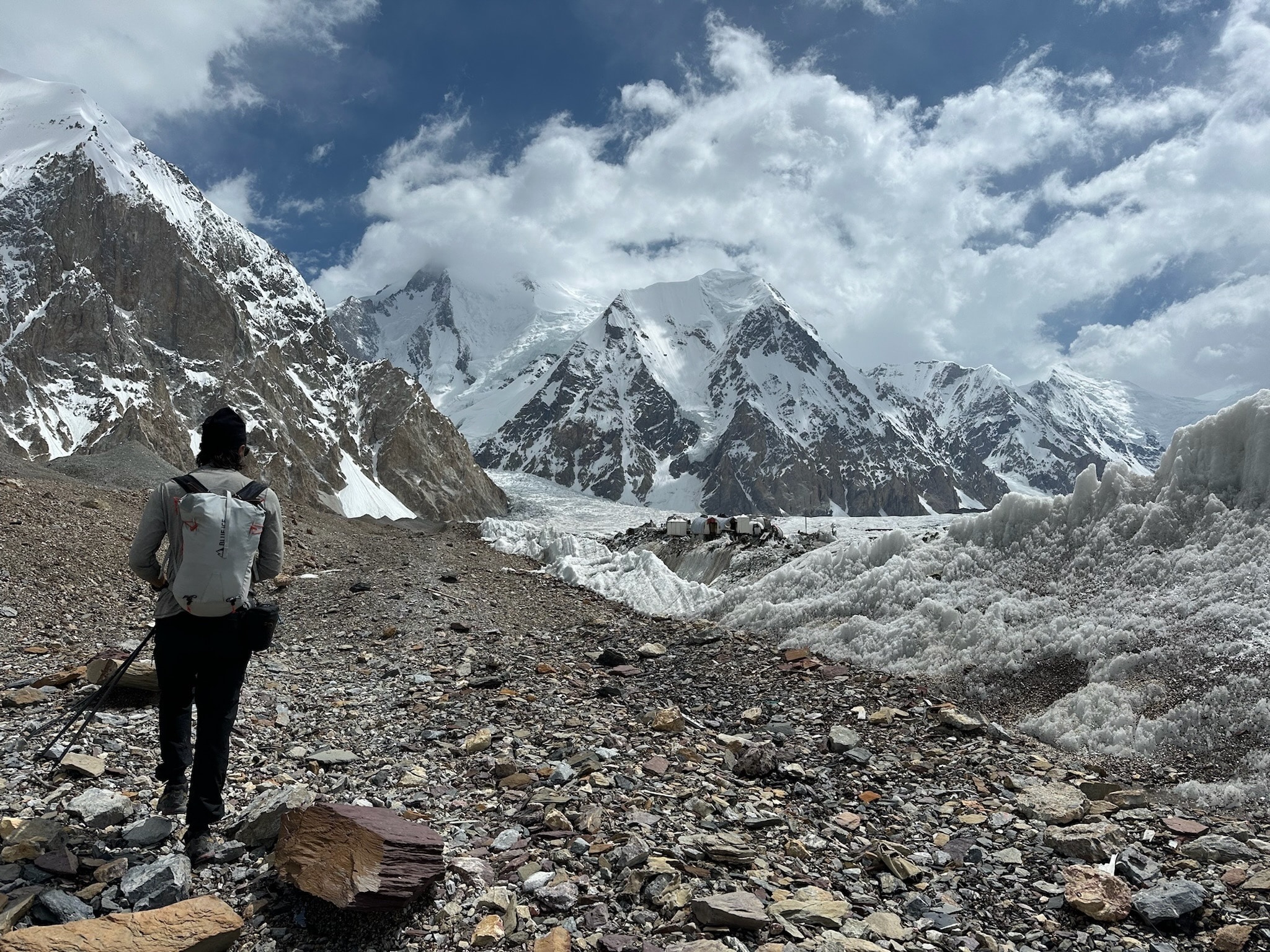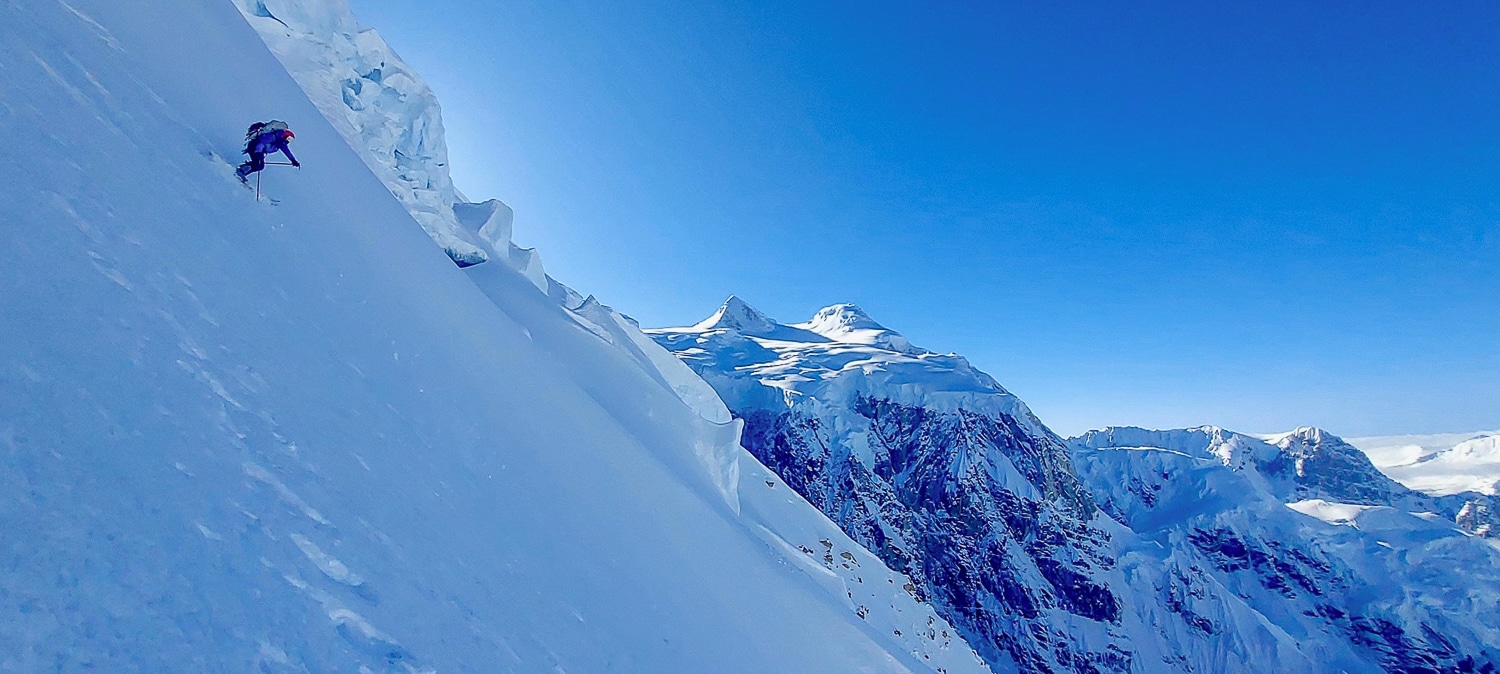Over the last six months, there has been a flurry of ski activity on 8,000-meter peaks, including Everest, Nanga Parbat, etc. Furthermore, the world is trying to make sense of what happened recently on two major new ski runs on Everest.
The main similarities besides being on Everest were that both skiers were well supported financially and on the mountain. Jim worked with National Geographic and the North Face and Andrzej Bergeil worked with Red Bull and his own media production.
Bergeil took on the challenge of trying to ski the standard south col route without the aid of oxygen. He did however have a large, 12 support Sherpas breaking trail etc, drone. Everest had been previously summited and skied without oxygen, but Andrzej did a “complete” descent. More on the nuance below.
Jim Morrison tackled a different challenge, he wanted to see if he could ski the Hornbein with the Japanese Super Couloir. The line splits down the north face of the world’s highest peak. A truly striking line. Morrison wanted to ski the route and he and his team utilized oxygen as well as a massive support team. His goal was never to attempt Everest without oxygen or support, but ski the gnar, he sent.
Both skiers took advantage of an amazing autumn season in the Himalayas and were successful in their own way. Now the couch-bound judges are starting to weigh in.
Let’s establish some facts adjacent to the 68-year-old Italian ski mountaineer, alpinist, and mountaineer (we don’t want to miss a box to check amongst the disciplines), Hans Kammerlander.
Kammerlander has climbed 11 of 14 8,000-meter peaks, although some of those summits may be disputed. And according to the American Alpine Journal, in 1990, “Hans Kammerlander and Swiss Diego Wellig reached the summit of Nanga Parbat and from about 100 vertical feet below the summit began a ski descent which they continued to Base Camp except where it was necessary to rappel or rock climb.”
More to the point of this article, in 1996, at age 39, Kammerlander ascended Everest’s North Col route with skis, summited without oxygen or a huge team for support, in what was then the fastest known time to summit from the North Side, descended several hundred meters, clicked into his skis, and chussed down to base camp while removing his skis for a few hundred meters due to a lack of snow. Kammerlander’s ascent time of 16 hours and 45 minutes is a blistering fast time for an oxygenless ascent of the mountain’s north side.
Yesterday, 10/29/25, a few people texted us an article in Explorersweb about Kammerlander and his comments about Bergeil’s recent oxygenless ski descent from Everest’s summit to the south-side base camp. The source material for Kammerlander’s comments comes from an article in Der Standard, a German news publication. In short, Kermanlander was displeased with Bergeil’s style.
Kammerlander has issues with Bergeil’s Sherpa support—they broke trail for the Pole and fixed lines, which Bergeil used on the ascent. He disapproved of Bergeil’s reliance on drone support to navigate (on skis) the Khumbu Icefall. Bergeil’s slower rate of ascent and descent relative to Kammerlander’s time up and down the mountain (on an altogether different route) also proved to Kammerlander that this recent alpine feat might be much ado about nothing. According to Alpin.de, Bergeil spent four days, four hours, and fifteen minutes climbing and descending the mountain. This includes a bivy at Camp II. Kammerlander, on the other hand, ascended and descended in a round trip of 23 hours and 50 minutes with no bivies. Kammerlander was supported up to 7,000 meters by a bare-bones film crew.
Let’s not leave out the Red Bull entourage (it must give you wings), either. Bergeil’s undertaking was a big-budget affair underwritten by the Austrian energy drink company. Like anything with Red Bull DNA, “circus” is not an unfair metaphor, and Kammerlander latched onto this, too.
In contrast, Kammerlander comes from a time when funding and the Everest crowds (at least on the north side) were lacking. Further, a less crowded alpine experience, or at least some semblance of that, was still possible on the mountain’s north side. The facts also bear this out: Despite Kammerlander’s good style (no oxygen and minimal support), he did not ski from the summit; Bergeil did. Bergeil gets to claim the mountain’s first oxygenless ski descent from summit to base camp.
None of this, however, should take away from Kammerlander’s effort three decades ago. His rapid rate of ascent—he had acclimatized on Shishapangma, another 8,000-meter peak—and near-complete ski descent of a storied mountain established a new path forward regarding style and minimalism for aspiring high-altitude ski and snowboard mountaineers (see Marco Siffredi).
The Der Standard article is dated October 21—nearly a week ago. Considering the somewhat large egos and mountains in play, we expected some discussion regarding style to arise from Bergeil’s and then Jim Morrison’s ski descent on Everest’s North Side. Morrison’s efforts were backed by an ace Sherpa and film crew. They helped trailbreak and fix lines, as well as address basic needs in each respective camp. He also used supplemental oxygen for his ascent and descent. Pure alpine style wasn’t the point here. Perhaps it was a more personal journey for Morrison, and one where he tested his own standards for out-there ski mountaineering efforts. Certainly, the recent video released by Nat Geo shows Morrison’s descent as beautiful, scary, and audacious.
Transparency is also a key concept that Kammerlander might consider. Both Bergeil and Morrison were transparent in disclosing their chosen styles of ascent and descent, as well as when a rope was deployed to safely descend a section of the route. And if we are to adopt the alpinist’s credo that full disclosure is paramount, that box was checked. Beyond that, folks can have their discussions about whether this or that deserves an asterisk. After all, didn’t Göran Kropp ride his bike from sea level, and when two-wheeled progress proved imprudent, he walked to Everest base camp and soloed oxygenless up and down the mountain? (Not so fast: even Kropp’s claims have been questioned.) By that benchmark, asterixed ascents should be somewhat ubiquitous.
Up to a certain point, it seems each of us gets to draw the line for style where we want. With the caveat that we are transparent. And if someone wants to improve upon the style, they can do that, too. (For those interested in alpinism style debates—that certainly could be applied to skiing and boarding—you should read Colin Haley’s piece in the 2019 American Alpine Journal on the topic; it’s quite good.)





Leave a Reply
You must be logged in to post a comment.